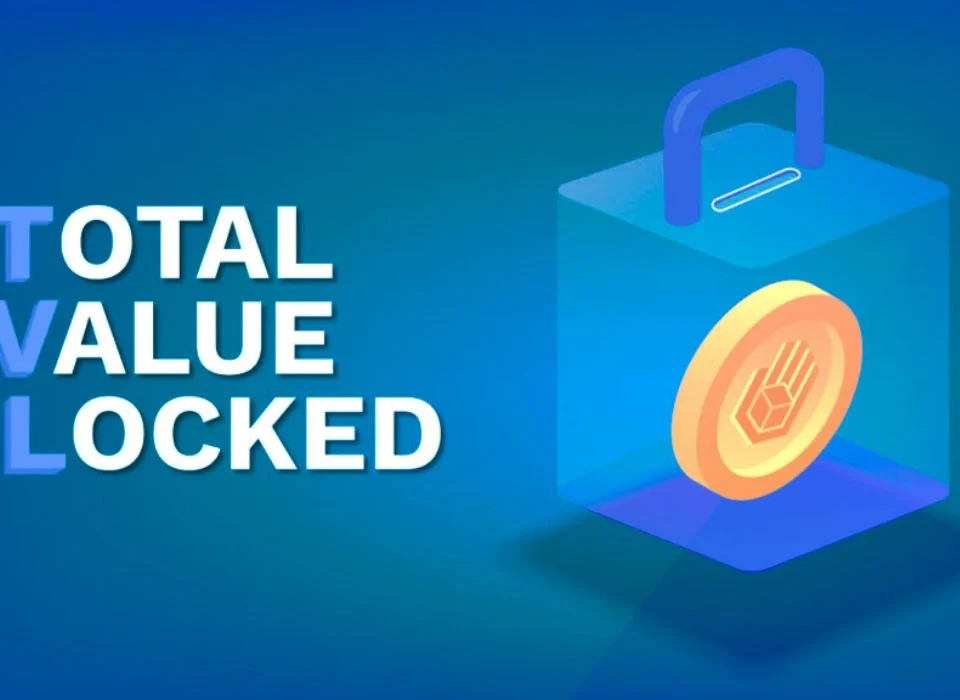
Meme coins market cap hits $58b
18/05/2024
Understanding Staking in Cryptocurrencies
18/05/2024What is a Stablecoin in Cryptocurrency?
In the ever-evolving world of cryptocurrency, stablecoins have emerged as a crucial innovation, addressing the volatility often associated with digital assets. Stablecoins offer a bridge between the traditional financial system and the new digital economy, providing stability and trust. This article will delve into what stablecoins are, their types, how they work, their benefits, and their impact on the cryptocurrency ecosystem.
Understanding Stablecoins
A stablecoin is a type of cryptocurrency designed to maintain a stable value relative to a specific asset or basket of assets. Unlike traditional cryptocurrencies like Bitcoin or Ethereum, which can experience significant price fluctuations, stablecoins aim to provide a more predictable and reliable value. This stability is typically achieved by pegging the stablecoin to a reserve of assets, such as fiat currencies (like the US Dollar), commodities (like gold), or a mix of various assets.
Types of Stablecoins
There are three primary types of stablecoins, each with its own mechanism for maintaining stability:
- Fiat-Collateralized Stablecoins Fiat-collateralized stablecoins are backed by fiat currencies held in reserve. For every stablecoin issued, an equivalent amount of fiat currency is held by a trusted custodian, such as a bank. These stablecoins maintain a 1:1 peg with the fiat currency. Examples include Tether (USDT), USD Coin (USDC), and TrueUSD (TUSD).
- Advantages: High stability due to direct fiat backing, easy to understand and trust.
- Disadvantages: Centralization risk, reliance on the trustworthiness of the custodian, regulatory scrutiny.
- Crypto-Collateralized Stablecoins Crypto-collateralized stablecoins are backed by other cryptocurrencies rather than fiat currencies. These stablecoins use smart contracts to lock up a certain amount of cryptocurrency as collateral. Due to the volatility of cryptocurrencies, these stablecoins are often over-collateralized to ensure stability. Examples include Dai (DAI) and sUSD.
- Advantages: Decentralization, transparency, and reduced reliance on traditional financial systems.
- Disadvantages: Complexity, over-collateralization requirement, exposure to crypto market volatility.
- Algorithmic Stablecoins Algorithmic stablecoins are not backed by any physical assets but use algorithms and smart contracts to control the supply of the stablecoin, thereby maintaining its value. The algorithm automatically adjusts the supply based on market demand, similar to how central banks manage monetary policy. Examples include Ampleforth (AMPL) and TerraUSD (UST).
- Advantages: Full decentralization, scalability, and independence from fiat currencies.
- Disadvantages: Higher risk of failure, complexity, and potential instability during extreme market conditions.
How Stablecoins Work
The mechanism by which stablecoins maintain their stability varies based on their type:
- Fiat-Collateralized Stablecoins: These stablecoins maintain stability through a direct peg to a fiat currency. The issuing company holds an equivalent amount of fiat in reserve, ensuring that users can redeem the stablecoin for the underlying fiat currency at any time.
- Crypto-Collateralized Stablecoins: Users lock up cryptocurrency in a smart contract to mint stablecoins. If the value of the collateral falls below a certain threshold, the smart contract automatically liquidates the collateral to maintain the peg.
- Algorithmic Stablecoins: These stablecoins use algorithms to control the supply based on demand. When the stablecoin’s price rises above the target, new coins are minted to increase supply. Conversely, when the price falls below the target, coins are bought back and burned to reduce supply.
Benefits of Stablecoins
Stablecoins offer several benefits that make them attractive to both individual users and institutional investors:
- Stability: By maintaining a stable value, stablecoins provide a reliable medium of exchange and store of value, reducing the risk of price volatility associated with other cryptocurrencies.
- Efficiency: Stablecoins facilitate faster and cheaper transactions compared to traditional banking systems, making them ideal for remittances, cross-border payments, and everyday transactions.
- Accessibility: Stablecoins enable access to financial services for unbanked and underbanked populations, providing a bridge to the digital economy.
- Liquidity: Stablecoins provide liquidity to the cryptocurrency markets, allowing traders to move in and out of positions without converting to fiat.
- Transparency: Many stablecoins operate on public blockchains, providing transparency and auditability of transactions and reserves.
Impact on the Cryptocurrency Ecosystem
Stablecoins have had a profound impact on the cryptocurrency ecosystem, driving innovation and adoption in several ways:
- Decentralized Finance (DeFi): Stablecoins are a cornerstone of the DeFi movement, enabling various financial services such as lending, borrowing, and yield farming without relying on traditional financial intermediaries.
- Payments and Remittances: Stablecoins offer a more efficient alternative to traditional payment systems, reducing costs and increasing the speed of transactions, especially for cross-border payments.
- Trading and Arbitrage: Stablecoins provide a stable base currency for trading pairs on exchanges, facilitating seamless trading and arbitrage opportunities without the need for constant conversion to fiat.
- Hedge Against Volatility: Stablecoins offer a safe haven during periods of high volatility in the cryptocurrency markets, allowing investors to preserve their value.
- Regulatory Considerations: As stablecoins grow in popularity, they have attracted regulatory attention. Regulatory clarity and compliance will be crucial for the continued growth and adoption of stablecoins.
Conclusion
Stablecoins have emerged as a vital component of the cryptocurrency ecosystem, offering stability, efficiency, and accessibility. By understanding the different types of stablecoins and their mechanisms, users can leverage these digital assets to enhance their financial activities. As the cryptocurrency landscape continues to evolve, stablecoins are likely to play an increasingly important role, bridging the gap between traditional finance and the digital economy. Whether for trading, payments, or as a store of value, stablecoins provide a stable and reliable option in the dynamic world of cryptocurrencies.
Links:



